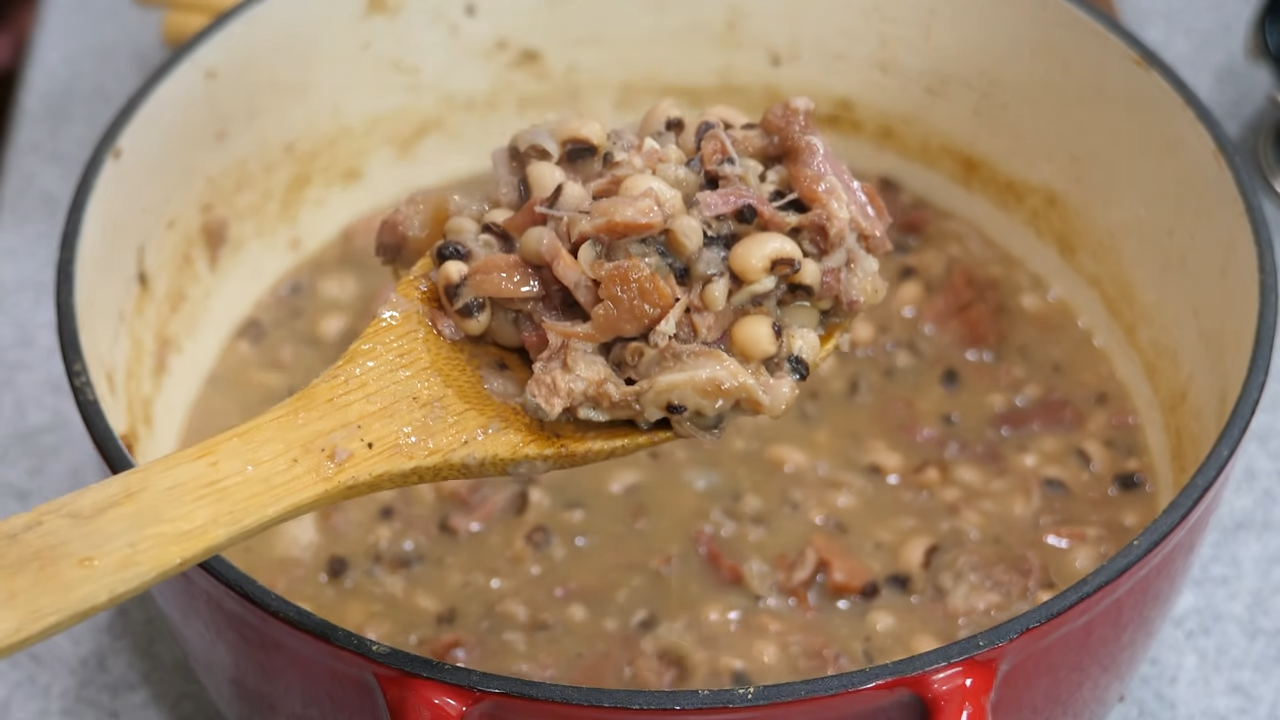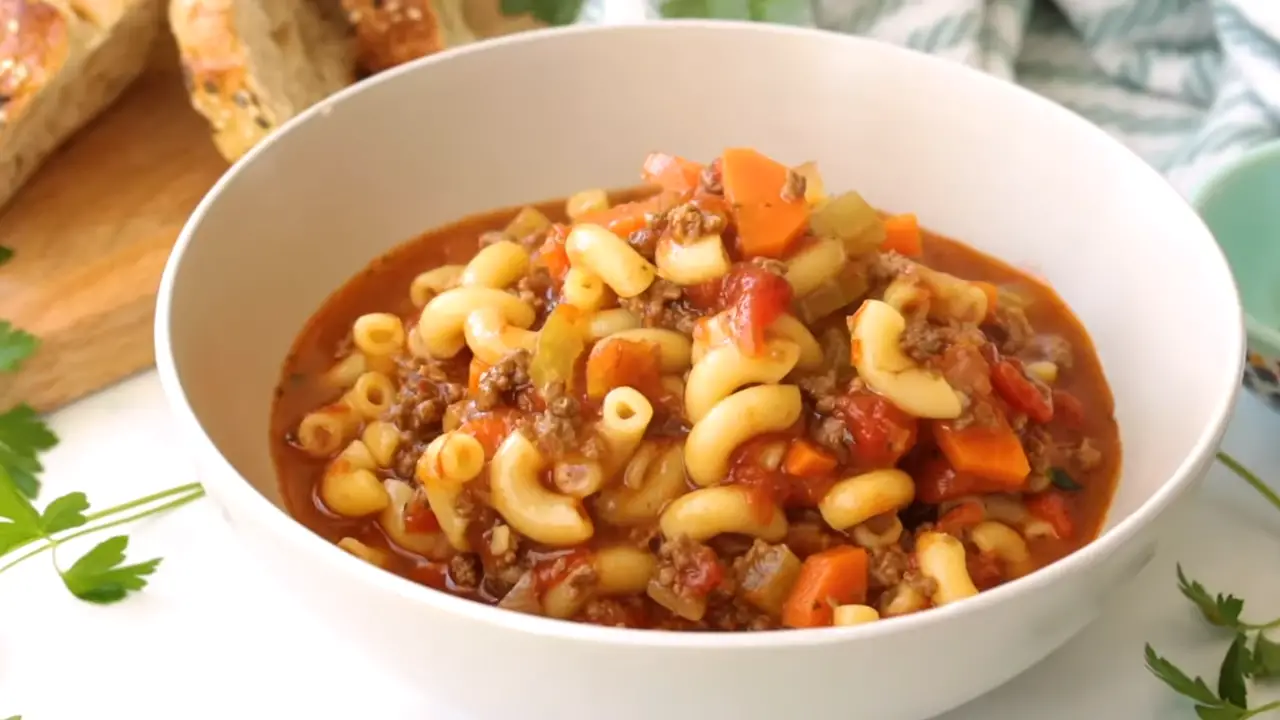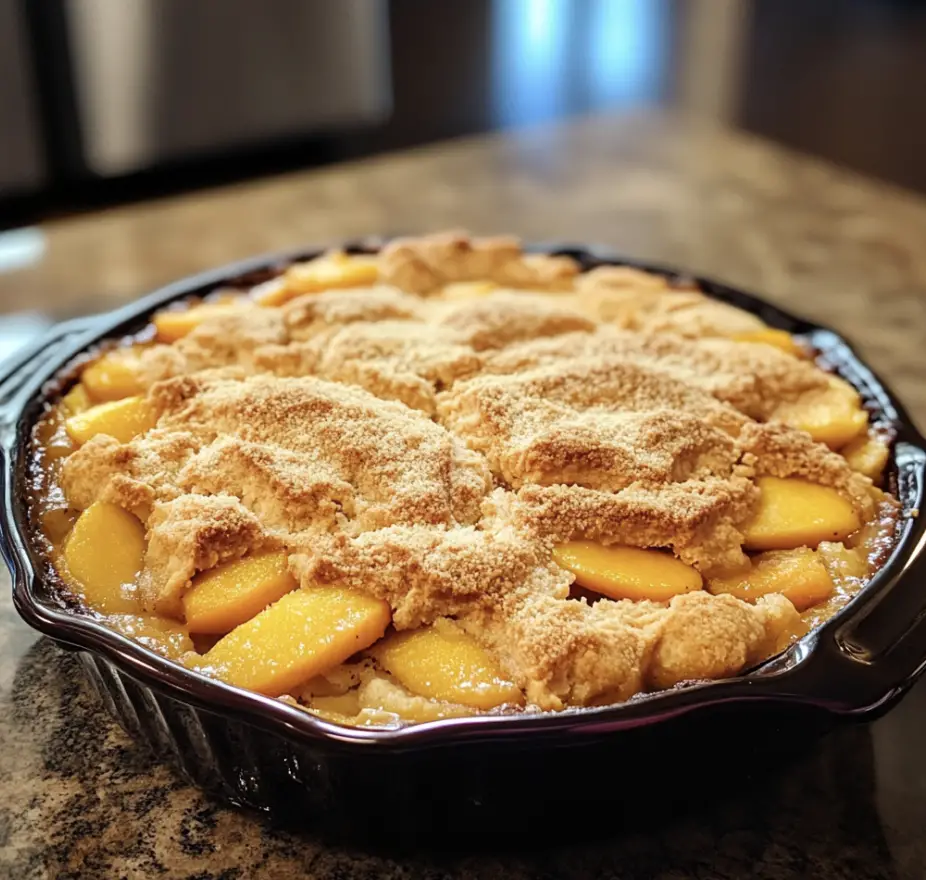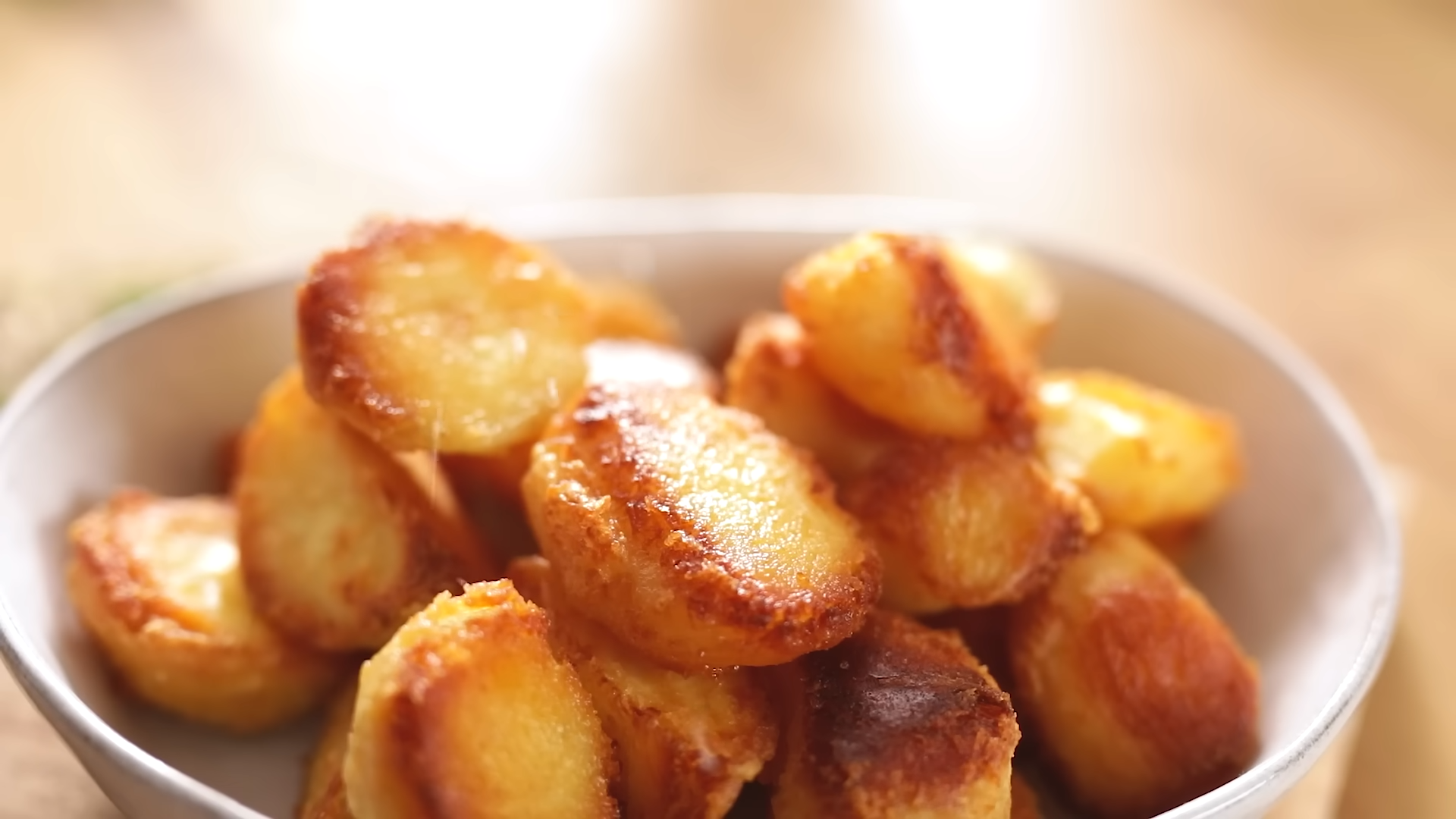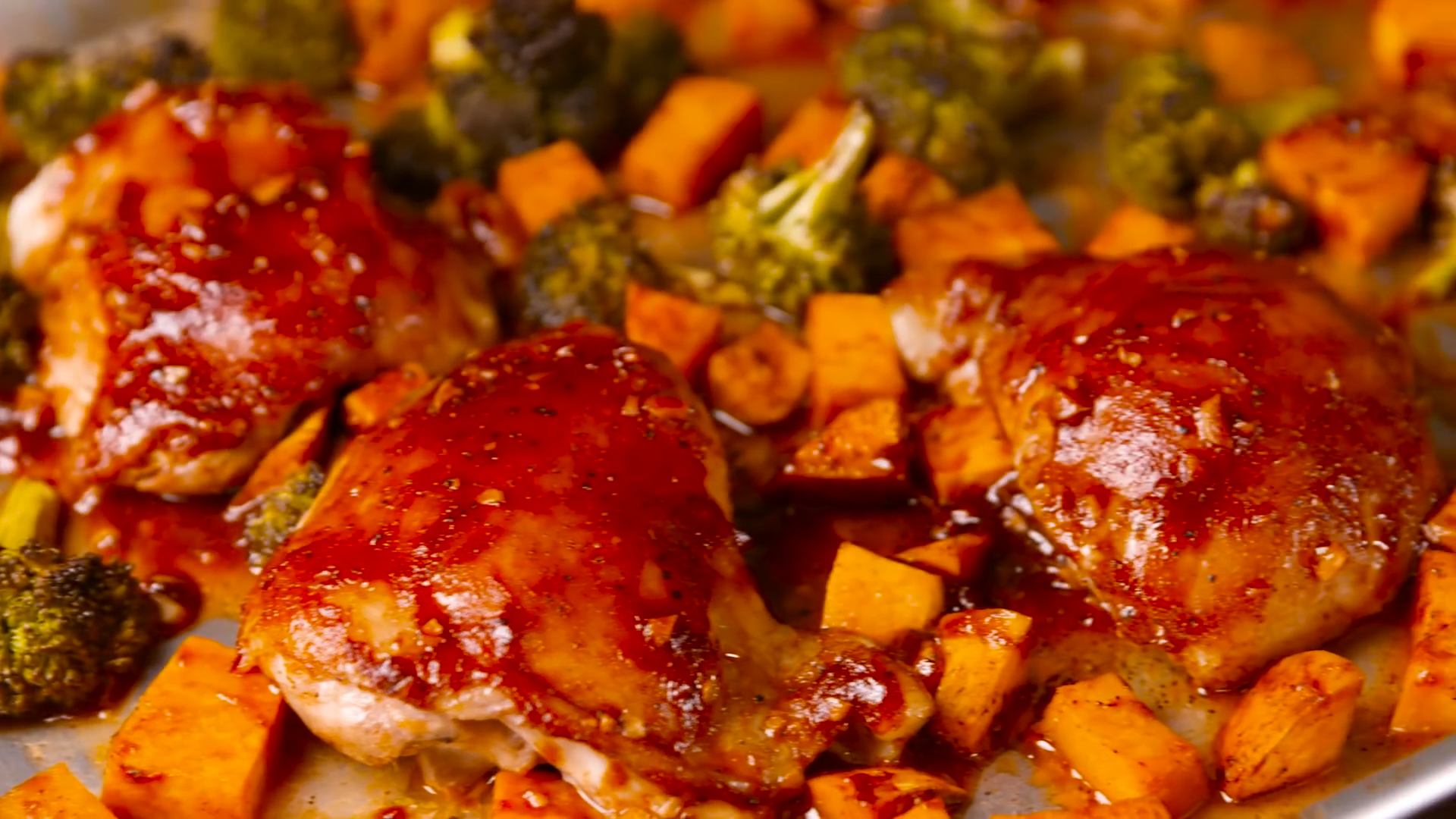When we embark on a culinary journey, it often leads us down memory lanes and cultural byways, unveiling the vibrant tapestry of our heritage. One such delectable delight, hailing from the southern heart of the United States, is the humble yet robust black-eyed pea. These legumes have long been a staple of Southern cuisine, deeply ingrained in the region’s history and traditions. As we delve into this unique blog post, we’ll not only explore the exact recipe for a mouthwatering black-eyed pea dish but also immerse ourselves in the rich heritage and folklore that surrounds this beloved ingredient.
Ingredients: Crafting the Flavor Symphony
Before we dive into the cooking process, let’s gather our ingredients for this Southern classic. To prepare a savory black-eyed pea dish that serves four, you’ll need:
For the Black-Eyed Peas:
- 2 cups dried black-eyed peas
- 6 cups water
- 1 large onion, chopped
- 2 cloves garlic, minced
- 1 teaspoon salt
- 1/2 teaspoon black pepper
- 1/2 teaspoon cayenne pepper (adjust to taste)
- 1 bay leaf
- 2 tablespoons vegetable oil
- 4 cups chicken or vegetable broth
For the Seasoning:
- 1/2 cup smoked bacon, chopped
- 1 bell pepper, finely diced
- 2 celery stalks, finely diced
- 2 teaspoons dried thyme
- 2 teaspoons paprika
- 1 teaspoon cumin
- 1 teaspoon coriander
- 1 teaspoon hot sauce (optional)
For Garnish:
- Fresh chopped parsley
- Slices of lemon
Instructions: Weaving the Culinary Magic
- Rinsing and Soaking: Start by rinsing the black-eyed peas thoroughly. Then, soak them overnight in a large pot filled with water. This process rehydrates the peas and reduces cooking time.
- Sautéing Aromatics: In a heavy-bottomed pot, heat the vegetable oil over medium heat. Add the chopped onion and minced garlic, sauté until they turn translucent and fragrant.
- Adding Seasonings: Stir in the bacon, bell pepper, and celery. Continue sautéing until the bacon begins to crisp and the vegetables soften.
- Adding Spices: Introduce the dried thyme, paprika, cumin, coriander, and hot sauce (if you prefer a bit of heat). Stir well to infuse the flavors.
- Simmering: Drain the soaked black-eyed peas and add them to the pot. Pour in the chicken or vegetable broth, season with salt, black pepper, cayenne, and drop in the bay leaf. Bring the mixture to a gentle simmer.
- Low and Slow: Cover the pot and simmer the peas for about 1.5 to 2 hours, or until they are tender but not mushy. Stir occasionally and add water if needed to keep the peas submerged.
- Finishing Touch: When the peas are cooked to your desired tenderness, remove the bay leaf. Taste for seasoning and adjust salt and spices if necessary.
- Serving: Serve your black-eyed peas hot, garnished with freshly chopped parsley and slices of lemon. These peas pair perfectly with cornbread, rice, or a slice of Southern-style hushpuppy.
Variation: Exploring Culinary Boundaries
While the traditional black-eyed pea dish embodies the true essence of Southern cooking, there are countless ways to create variations that cater to different palates and preferences. Here are a few ideas:
1. Vegetarian Delight: Skip the bacon and use vegetable broth for a hearty vegetarian version. Enhance the flavor with smoked paprika or liquid smoke.
2. Smoky Twist: Add smoked ham hock for a rich, smoky flavor. You can also stir in some diced smoked sausage for an extra layer of taste.
3. Sweet and Spicy: Balance the heat of the cayenne with a dash of brown sugar or maple syrup for a sweet and spicy kick.
4. Mediterranean Fusion: Incorporate Mediterranean flavors by adding chopped tomatoes, kalamata olives, and a splash of olive oil.
5. Cajun Kick: Spice things up with a Cajun twist. Use Andouille sausage, extra cayenne, and Creole seasoning for an unforgettable jolt of flavor.
Tips: Mastering the Art of Black-Eyed Peas
To create a truly exceptional black-eyed pea dish, here are some insider tips:
- Soak for Success: Overnight soaking is key to achieving a creamy texture without overcooking.
- Bacon vs. Ham: While bacon is the traditional choice, ham hock or smoked sausage can lend a unique flavor profile to your dish.
- Don’t Rush the Simmer: Cooking low and slow is crucial for developing rich flavors.
- Taste and Adjust: Always taste and adjust the seasoning as you go. It’s the mark of a skilled chef.
As we draw this culinary journey to a close, we find ourselves immersed in the rich history and traditions that are at the heart of Southern cuisine. Black-eyed peas, humble though they may be, are an emblem of the South’s enduring spirit and its ability to transform simple ingredients into memorable, soul-satisfying meals.
So, next time you simmer a pot of black-eyed peas, remember that you’re not just cooking food; you’re carrying on a legacy, a story, and a tradition that’s as old as the South itself. Whether you stick to the classic recipe or explore new variations, each bite is a taste of the South’s timeless culinary treasures. Bon appétit and happy cooking!

